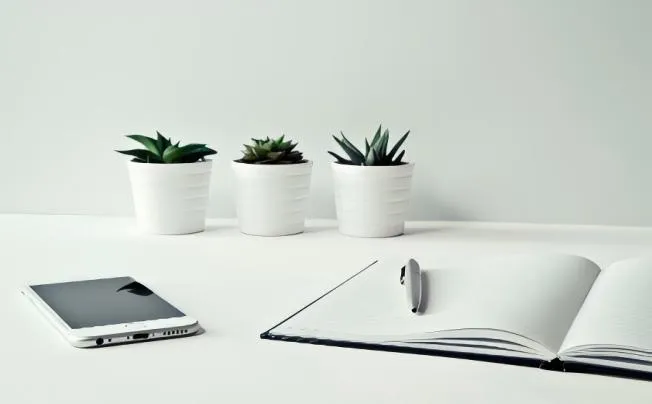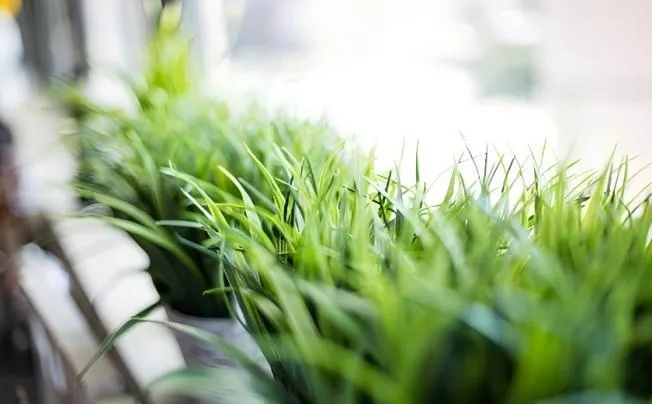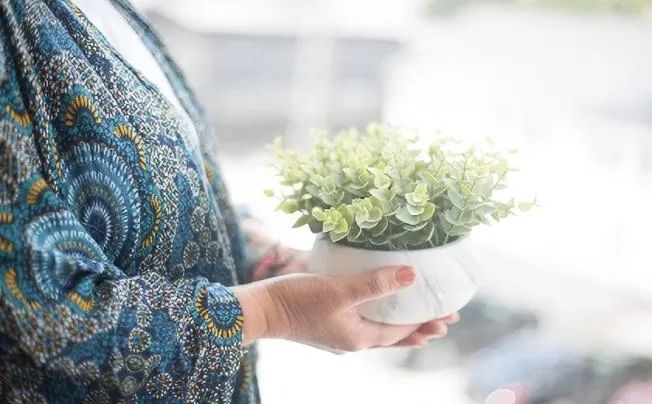Do Galvanized Planters Need Drainage Holes?
During the growth process of plants, drainage holes play a vital role and can be called the "invisible guardian" of plant health.
The hidden danger of no drainage holes
When watering a galvanised flower pot without drainage holes, the extra water will continue to collect at the bottom of the pot because it cannot be released. The plants won't be able to breathe properly since the soil will always be excessively damp. For the majority of plants' roots to perform their regular physiological functions and take up water and nutrients, they require an aerobic atmosphere. But in soggy soil, a lot of oxygen is forced out, the roots become hypoxic, the cells are unable to breathe efficiently, and there is not enough energy available, which makes the roots progressively deteriorate and eventually perish.
Additionally, galvanised flower pots without drainage holes are more likely to harbour a variety of pests and diseases. The damp soil environment is a breeding ground for pests and diseases, including mould, common root rot bacteria, and others. These pathogens will exploit the vulnerability of the plant roots caused by waterlogging, infect the roots, and cause a variety of diseases. In damp soil, pests like to lay their eggs, and the larvae eat the plant roots, further harming the plants' health. Furthermore, in the right conditions, these pests and diseases can multiply quickly, causing significant damage to plants in a short amount of time that can lead to stagnation or even death.
Another issue that cannot be disregarded is the buildup of salt in the soil. Salt is included in the fertilisers, tap water, and other products we use on a daily basis. These salts progressively build up in the soil as a result of water evaporation and plant absorption. Without a drainage hole, the salt will continue to build up in the soil since it cannot be released with the water. Excessive concentrations of salt harm plants and interfere with their ability to absorb nutrients and water. Plants will exhibit symptoms including poor growth and leaf edge curling and yellowing. Over time, plants' growth will be significantly impeded, and they could not even survive.

Advantages of having drainage holes
The drainage hole can precisely manage soil moisture from the standpoint of water control precision. The drainage hole functions similarly to an intelligent water adjustment switch while plants are being watered. In order to prevent water buildup in the soil, any surplus water will be promptly released through the drainage hole. For instance, plants require a lot of water during the hot summer months, yet we may need to water them regularly because the water evaporates quickly. Even if you periodically overwater a galvanized flower pot with a drainage hole, the extra water may be released in time to maintain a moderately moist soil and give the plants a steady water condition.
Soil nutrient circulation and utilization can be enhanced by drainage holes. The plant's root system will be able to absorb different nutrients more thoroughly when water is released via the drainage hole because it will force the nutrients in the soil to flow together, improving the nutrient distribution. Additionally, healthy drainage can increase a plant's resistance to disease. Plants' first line of defence against illness is a robust root system. In order to strengthen the plant's overall immunity and lessen the invasion of pests and diseases, the drainage hole makes sure that the root system grows and breathes normally.

Special considerations
Water is where aquatic plants like water lilies and lotuses grow. Compared to terrestrial plants, they have a fundamentally different water requirement and adaptability strategies. Galvanised flower pots for these plants must retain a specific water storage capacity in addition to not requiring drainage holes.
Consider lotus as an illustration. Sufficient water is essential to its growth. In order to maintain the lotus roots submerged in water, we will fill the galvanised flower pot with dirt and then add enough water. The lotus root system has developed a structure that can breathe and absorb nutrients in water naturally, adapting to the aquatic environment. Water will continue to drain from the galvanised flower pot if drainage holes are installed at this point, making it impossible to supply the water requirements of lotus growth. Lack of water can cause the lotus to wither and perish. In this particular instance, the galvanised flower pot with no drainage holes turns into the perfect place for aquatic plants, giving them a stable aquatic habitat in which to flourish.
When performing certain unique cultivation experiments, the galvanised flower pot's drainage holes must also be positioned in accordance with the experiment's goals. For instance, in an experiment to examine how plants react to water stress, researchers may purposefully use galvanised flower pots devoid of drainage holes to replicate varying levels of drought or waterlogging by varying the quantity and frequency of watering. They can then watch how plants grow, undergo physiological changes, and adapt to these harsh circumstances. This procedure makes the existence or lack of drainage holes a crucial design element that has a direct impact on the experiment's outcomes and findings.

Selected Blogs
-
What customization services are available for metalworking customization?
2024-12-12
-
What Is The Difference Between A Plant Container And A Raised Bed?
2024-04-23
-
Garden Screening & Fence Panels
2024-04-23
-
Gardening pot selection tips
2024-04-17
-
The function and collocation of horticultural fire pot
2024-04-17


